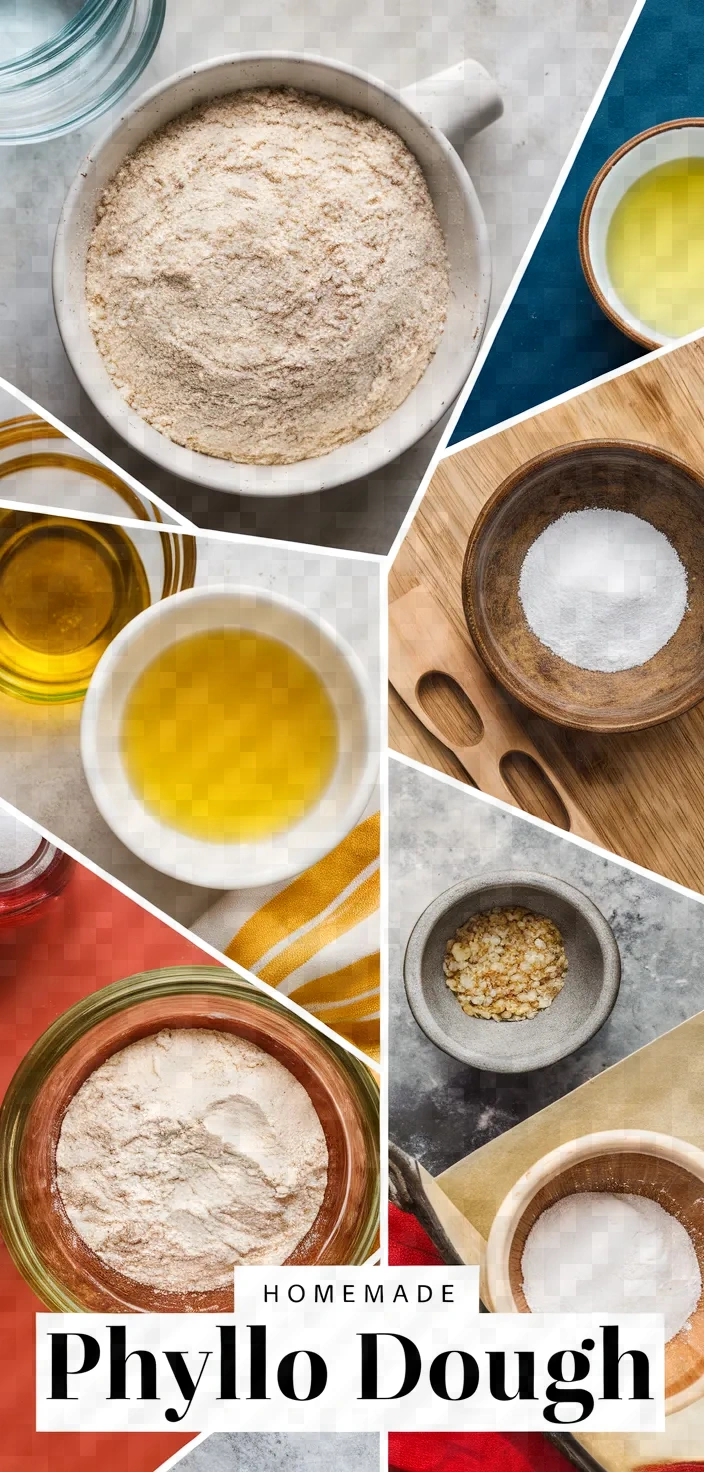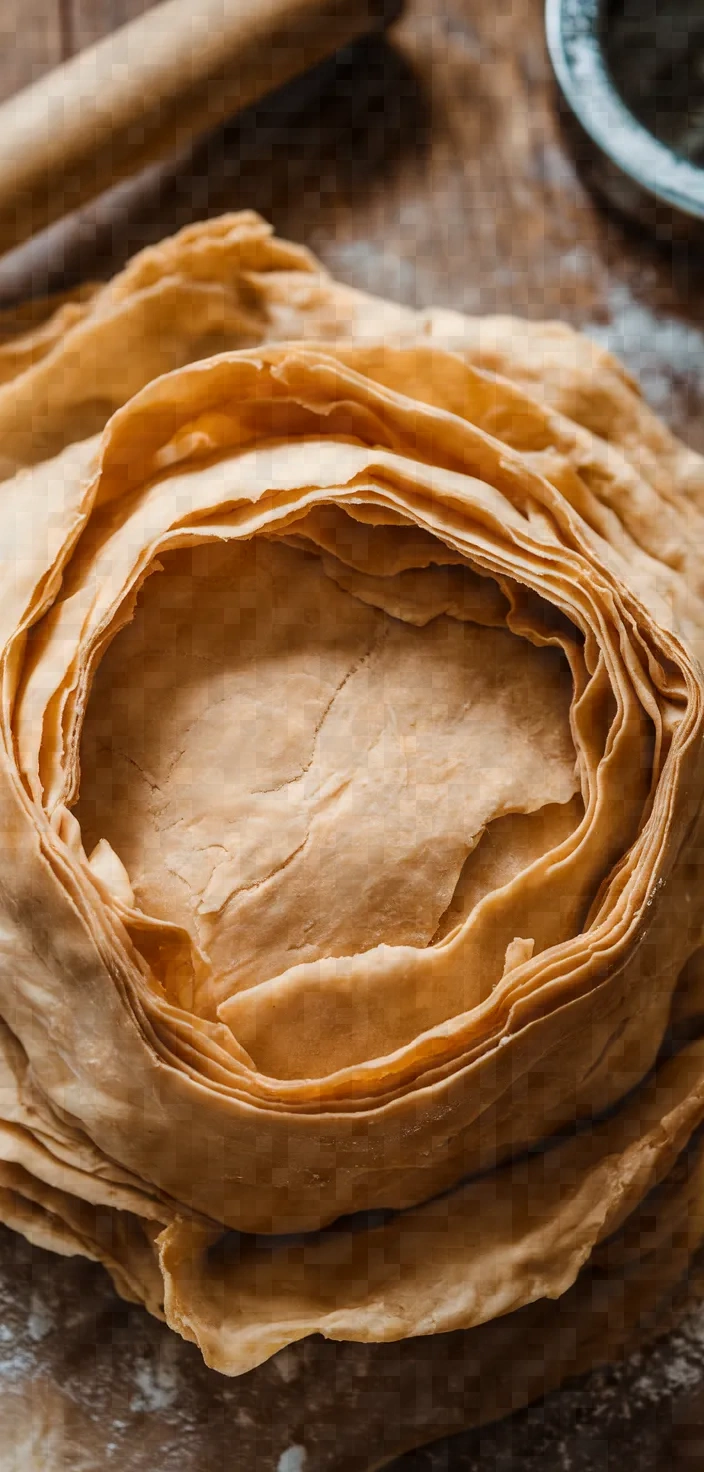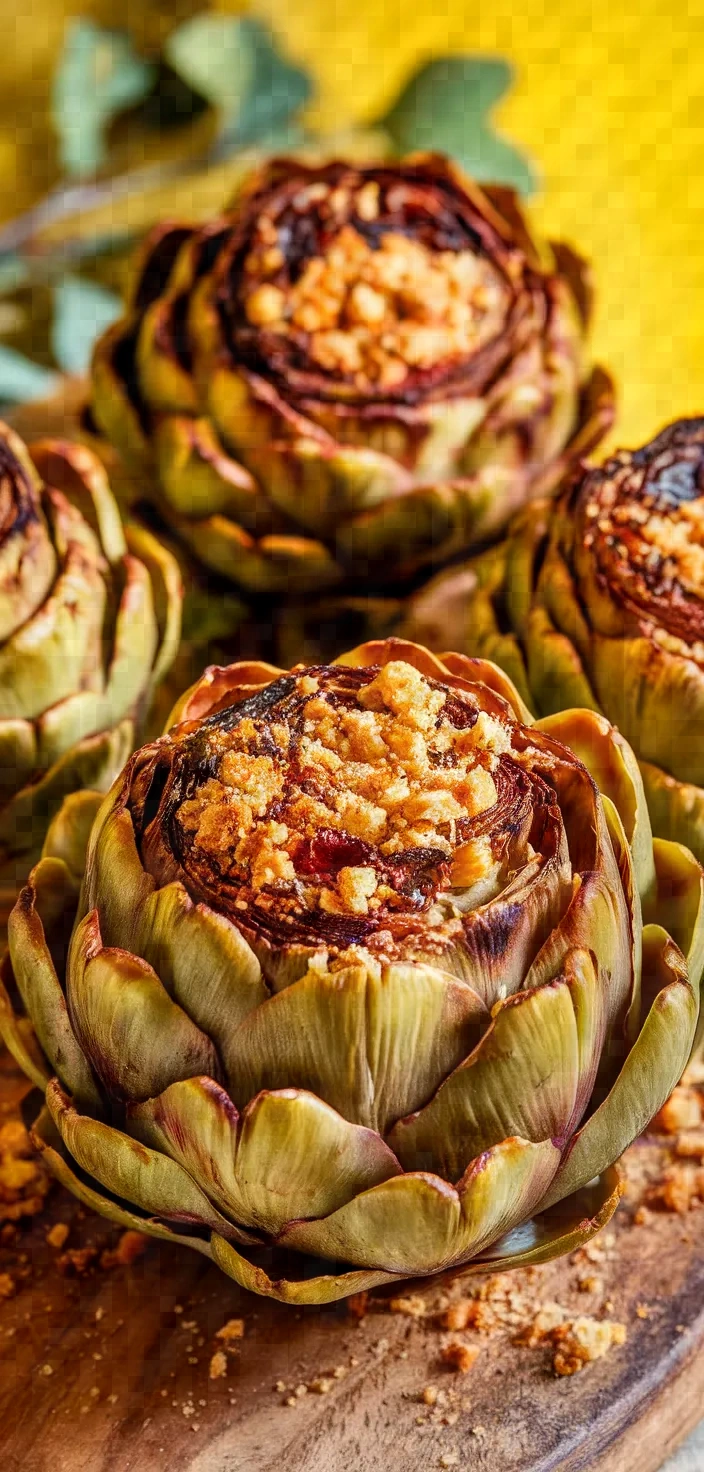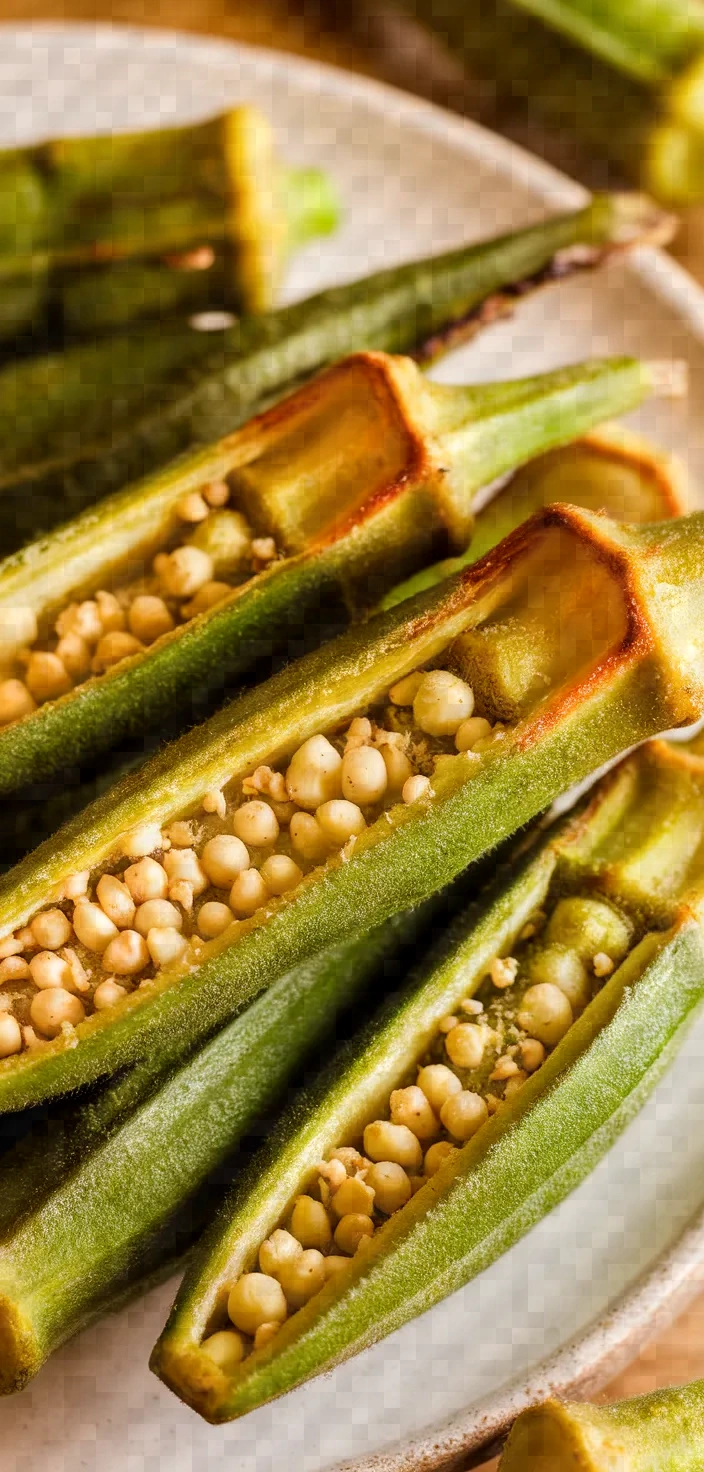There’s something undeniably magical about crafting your own phyllo dough from scratch—it’s like unleashing your inner artisan baker with just a few simple ingredients and a bit of time. I mean, who knew you could transform flour, water, and a touch of olive oil into a delicately thin and flaky masterpiece right in your kitchen? Let’s roll up our sleeves and dive into the delicious world of handmade pastry sheets!

Making phyllo dough at home is an excellent adventure. I cannot love enough how the all-purpose flour and a touch of salt stir together to form the ideal base for a dough.
I adore warm water that makes the dough pliable. I am obsessed with the amount of olive oil in the dough that gives it richness and depth.
I am fond of the way vinegar adds a tang that elevates the taste of the phyllo.
Homemade Phyllo Dough Recipe Ingredients

- All-purpose flour: Provides structure; rich in carbohydrates.
- Salt: Enhances flavor; essential mineral for balance.
- Warm water: Hydrates dough; activates gluten formation.
- Olive oil: Adds smoothness; heart-healthy monounsaturated fats.
- Vinegar: Tenderizes dough; balances flavors with mild acidity.
Homemade Phyllo Dough Recipe Ingredient Quantities
- 3 1/2 cups all-purpose flour
- 1 teaspoon salt
- 1 cup warm water (110°F/45°C)
- 1/4 cup olive oil
- 1 teaspoon vinegar (white or apple cider vinegar)
How to Make this Homemade Phyllo Dough Recipe
1. In a big mixing bowl, whisk the flour and salt together to combine them evenly.
2. Mix the warm water, olive oil, and vinegar in a different bowl or measuring cup.
3. Slowly add the liquid ingredients to the dry ingredients, mixing with a spoon or your hands until a rough dough starts to form.
4. Move the dough to a surface that you have lightly floured, and knead it for approximately 10 minutes. You want the dough to end up smooth and elastic, and the only way to achieve that is to work it by hand or with a mixer until it comes together.
5. Form the dough into a ball, set it in a bowl that has been lightly oiled, and then cover it with either a damp cloth or some plastic wrap.
6. Allow the dough to rest at room temperature for at least 1 hour so that the gluten can relax, making it easier to roll out thinly.
7. Once well-rested, cut the dough into four equal parts. Grab one part and cover the rest so it doesn’t dry out.
8. On a surface lightly dusted with flour, roll the dough portion as thin as possible, aiming for a degree of thinness that approaches transparency to achieve the traditional phyllo thickness.
9. Keep rolling the other sections, layering each sheet between pieces of parchment paper to prevent sticking.
10. Employ at once in your concoction, or stow sheets of varying thickness in the fridge or freezer for future deployment.
Homemade Phyllo Dough Recipe Equipment Needed
1. Large mixing bowl
2. Medium mixing bowl or measuring cup
3. Whisk
4. Spoon
5. Clean, flat work surface (for kneading and rolling)
6. Rolling pin
7. Sharp knife or a dough cutter
8. Plastic wrap or damp cloth
9. Parchment paper
10. Measuring cups and spoons
FAQ
- What is phyllo dough used for? Phyllo dough is used to make a variety of dishes including baklava, spanakopita, and other pastries, both savory and sweet.
- Can I freeze homemade phyllo dough? Yes, you can freeze homemade phyllo dough. Wrap it tightly in plastic wrap and place in an airtight container. It can be frozen for up to 3 months.
- How thin should I roll phyllo dough? Phyllo dough should be rolled out as thin as possible so you can see through it. Traditionally, it is almost paper-thin.
- Is there a substitute for olive oil in this recipe? You can use melted butter or another oil such as vegetable or canola oil if you prefer a different flavor profile.
- How do I prevent phyllo dough from drying out? Keep wrapped in a damp cloth while working with it to prevent it from drying out.
- Can I use whole wheat flour instead of all-purpose flour? Yes, but note that whole wheat flour will change the texture and flavor, making it slightly more dense and nutty.
- Why is vinegar added to phyllo dough? The vinegar helps to tenderize the dough and can improve its elasticity, making it easier to roll out thinly.
Homemade Phyllo Dough Recipe Substitutions and Variations
All-purpose flour: You can use whole wheat flour instead, but your baked goods will have a slightly nuttier taste and a denser texture.
Olive oil: Replace with melted butter for a flavor that’s richer, or use canola oil for an even more neutral taste.
Vinegar: Lemon juice can serve as a stand-in to aid in softening the dough.
Pro Tips
1. Temperature of Water Ensure the water is around 110°F (45°C) for optimal yeast activation in the dough, even though this recipe doesn’t explicitly use yeast. The warm water helps the dough come together properly.
2. Kneading Technique Knead the dough for at least 10 minutes to develop gluten, which is crucial for elasticity and strength. Use the heel of your hand to push the dough away, then fold it back, rotating it as you go to ensure even development.
3. Resting Time While one hour is the minimum rest time, allowing the dough to rest for up to two hours can further enhance gluten relaxation, making the dough even easier to roll out thinly.
4. Rolling and Thickness Use a long, thin rolling pin for better control and evenly thin sheets. Rolling on a lightly floured surface and frequently rotating the dough helps achieve an even thinness.
5. Storage Tips If you’re freezing the dough sheets, sprinkle a little flour between the sheets before layering them with parchment paper. This helps prevent sticking and makes it easier to separate them when needed.

Homemade Phyllo Dough Recipe
My favorite Homemade Phyllo Dough Recipe
Equipment Needed:
1. Large mixing bowl
2. Medium mixing bowl or measuring cup
3. Whisk
4. Spoon
5. Clean, flat work surface (for kneading and rolling)
6. Rolling pin
7. Sharp knife or a dough cutter
8. Plastic wrap or damp cloth
9. Parchment paper
10. Measuring cups and spoons
Ingredients:
- 3 1/2 cups all-purpose flour
- 1 teaspoon salt
- 1 cup warm water (110°F/45°C)
- 1/4 cup olive oil
- 1 teaspoon vinegar (white or apple cider vinegar)
Instructions:
1. In a big mixing bowl, whisk the flour and salt together to combine them evenly.
2. Mix the warm water, olive oil, and vinegar in a different bowl or measuring cup.
3. Slowly add the liquid ingredients to the dry ingredients, mixing with a spoon or your hands until a rough dough starts to form.
4. Move the dough to a surface that you have lightly floured, and knead it for approximately 10 minutes. You want the dough to end up smooth and elastic, and the only way to achieve that is to work it by hand or with a mixer until it comes together.
5. Form the dough into a ball, set it in a bowl that has been lightly oiled, and then cover it with either a damp cloth or some plastic wrap.
6. Allow the dough to rest at room temperature for at least 1 hour so that the gluten can relax, making it easier to roll out thinly.
7. Once well-rested, cut the dough into four equal parts. Grab one part and cover the rest so it doesn’t dry out.
8. On a surface lightly dusted with flour, roll the dough portion as thin as possible, aiming for a degree of thinness that approaches transparency to achieve the traditional phyllo thickness.
9. Keep rolling the other sections, layering each sheet between pieces of parchment paper to prevent sticking.
10. Employ at once in your concoction, or stow sheets of varying thickness in the fridge or freezer for future deployment.















